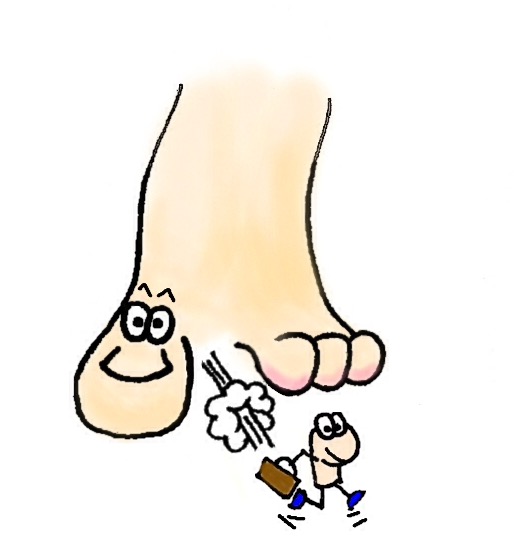The Westmont Garden Club held its monthly meeting at the
home of the Program Director on Saturday, June 29, 2017.
Sher Dunaway, Tarrant County Master Gardner, presented
the program titled, “Hummingbirds, The Flying Jewels of the Garden”.
Hummingbirds are the smallest of all the birds. It would
require 150 hummers to make up one pound.
Hosting them is most rewarding.
Their heart beats 500-900 times a minute. Except for Coastal Texas where a few
hummingbirds remain year around, most spend time in the offseason in Mexico and
Central America. Hummingbirds migrate alone;
they do not fly in groups. Every year
since 1988, Rockport and Fulton have hosted a Hummingbird celebration.
Hummingbird nests are about the size of a walnut and the
diameter of a penny. They use spider
webs to make the nest as the webs keep the lyceum and plant material in
place. The female lays 1 egg then skips
a day then lays another egg. The babies
are about the size of a jelly bean and are
featherless. Fledging occurs at about 3 weeks then the
babies are ready to leave the nest at about 6 weeks.
They lap up the nectar at about 12 times a second. The beak is long, grooved, forked and has hairs on the tip to help
extract the nectar.
Plants that attract hummingbirds:
Salvia Texas Star Hibiscus Mexican Bird of Paradise
Price of Barbados
Flowers that attract hummingbirds:
Turk’s Cap Red & Yellow Columbine Coral Honeysuckle
Trumpet Creeper Cardinal
flower
Favorite plants for hummingbirds:
Bleeding Heart Red
Yucca Red Cannas
Four O’Clock’s Bee
Baum
Annuals that attract hummingbirds:
Fuchsias Petunia Shrimp Plant Impatiens
*And of course wildflowers for all seasons
Shrubs to attract hummingbirds:
Texas Silver Sage Autumn
Sage Salvia Russian Sage
Azaleas Butterfly Bush Hydrangeas
Adam’s Needle Yucca
Trees that attract hummingbirds:
Dessert Willow Mimosa
Trees
Red Bull Tree Chastain
Vitex Tree
Vines that attract hummingbirds:
Trumpet Creeper Wisteria Morning Glory
Passion Flower Honeysuckle
Sher then discussed several types of hummingbirds such as
the colors of their feathers what they like to eat, where they are native to and
the size of each bird.
Rufous
Black Chinned
Allen’s
Anna’s
Ruby
Throated
Broad
Billed
Board
Tailed
Marvelous
Spatuletail
Costa’s
Green
Violetear
The decline of hummingbirds is due to threats to their environment.
The Hummingbird Clearwing Moth is often mistaken for a hummingbird. They fly at night while Hummingbirds fly
during the day.
 |
| clearwing moth |
Next, Sher discussed hummingbird feeders. The feeders should be hung throughout the
garden area. The recipe for their syrupy
is:
1
part ordinary cane sugar
4
parts water
Do NOT use red coloring, or honey or artificial sweeteners. The feeders should be kept clean and fresh by
changing out the syrupy every 2 to 3 days.
They also like to eat small bugs such as common yard bugs
and garden pests. These provide the
hummers with their protein. Hummers will
turn a garden into a beautiful and harmonious atmosphere.
Sher was presented with a token of appreciation for her
interesting and well received presentation.
Door prizes were awarded to several members and each member then received
a rain gauge as a meeting favor.
After the meeting, members gathered at a local restaurant
for more socializing and to discuss hummingbirds and their environment.





No comments:
Post a Comment